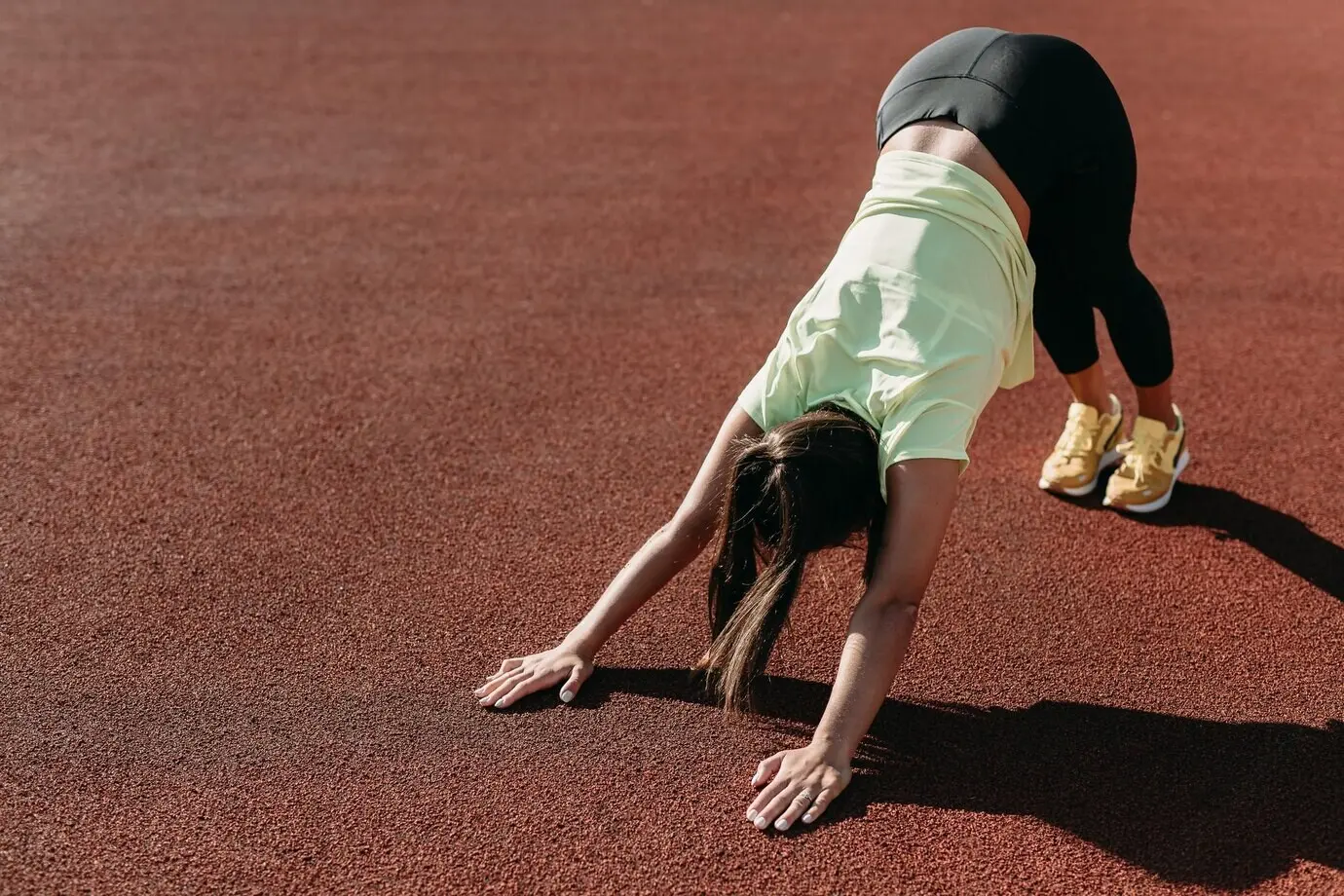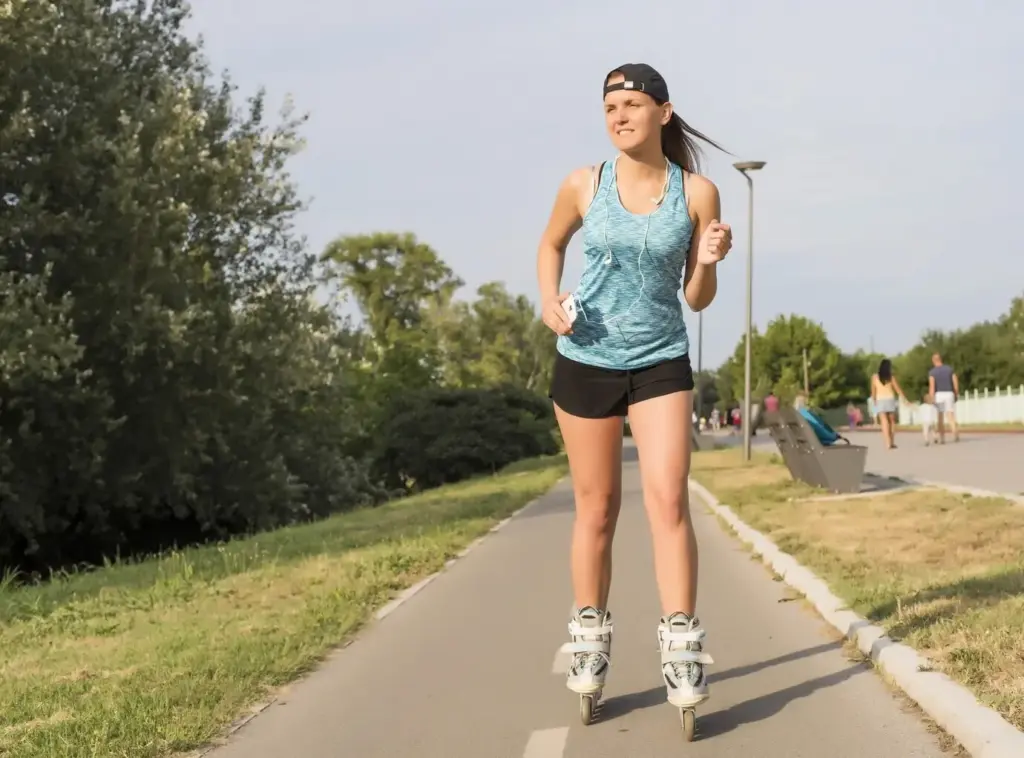Run Strong, Recover Smart
Lace up with confidence as we explore preventing and managing common running injuries, from shin splints to runner’s knee and sore Achilles. You’ll learn practical, science-backed strategies for safer mileage, faster recovery, and long-term consistency, shared with relatable stories from roads, tracks, and trails.


Form That Protects Every Stride
Light Steps, Fast Cadence
Raising cadence slightly, often toward 170–180 steps per minute, shortens stride and reduces braking forces. Start with music playlists or metronome apps, add five percent at a time, and monitor feel. One runner shaved two minutes off a 10K while finally ending stubborn shin splints.
Hip Stability and Posture
Strong, steady hips keep knees tracking smoothly and protect the lower back. Visualize a string lifting your crown, ribs stacked over pelvis, and glutes gently engaged. Side-plank progressions and single-leg balance drills translate surprisingly fast to calmer long runs and fewer next-day complaints.
Arm Swing and Breathing Rhythm
Relaxed shoulders, compact arm swing, and rhythmic nasal-in, mouth-out breathing work together to reduce tension from neck to calves. Practice thirty-second strides focusing only on smooth elbows and even exhales. You’ll feel hips unlock and cadence settle, like shifting into a more efficient gear.
Smart Training Loads, Fewer Setbacks
Your body thrives on stress it can absorb. Plan gradual mileage increases, alternate hard and easy days, and respect recovery weeks. We’ll compare the classic ten-percent guideline with load monitoring, show how periodization reduces risk, and share a cautionary tale of stacking speed sessions back-to-back.
Strength That Keeps You Running
Consistent strength work is like insurance you enjoy using. Two short sessions weekly can stabilize joints, fortify tendons, and power hills without adding risky impact. We’ll prioritize movements that deliver carryover, with regressions, progressions, and one traveler’s story of mini-bands saving a race-season.
Recovery You Can Feel Working
Training only makes you stronger if you absorb it. Prioritize sleep, nutrition, hydration, and low-tech routines that reduce soreness. We’ll outline simple rituals, realistic schedules, and why social support helps you actually follow them, transforming good intentions into a body that feels eager again.

Early Warnings and Wise Decisions
Most setbacks whisper before they shout. Learn the difference between training soreness and tissue irritation, use pain scales effectively, and act early. We’ll share a practical checklist and a runner’s anecdote about saving a season by swapping a workout for brisk walking.
Footwear, Surfaces, and the Right Match
Shoes are tools, not magic. Cushioning, geometry, and stiffness interact with your stride, training mix, and history. We’ll compare daily trainers, plated racers, and stability options, plus discuss surface choices and rotations that reduce repetitive stress while keeping runs fun and fast.
Choose Shoes by Function, Not Fads
Match shoe properties to your needs: softer midsoles for recovery days, stable platforms when fatigue threatens form, light rockers for tempo efficiency. Test at easy pace first, and note calf response. Comfort predicts adherence, and adherence keeps the body learning, adapting, and thriving.
Rotate, Refresh, Retire
Shoe rotation changes loading patterns, which reduces overuse risk and extends foam life. Keep a simple mileage log and inspect midsoles for creasing. When cushioning feels flat or hotspots appear, retire pairs compassionately, remembering they carried you through tough mornings and new breakthroughs.
Mix Your Terrain Strategically
Cambered roads tilt ankles; soft trails challenge stabilizers; tracks invite speed. Blend them thoughtfully according to goals and recent niggles. After a sprained ankle, favor flat routes. Before a race, sharpen on predictable surfaces. Variety keeps training fresh while teaching adaptable, resilient movement.
Community, Accountability, and Momentum
Progress sticks when you’re not alone. Share what’s working, ask questions about tricky pains, and celebrate tiny wins. Join our updates for weekly cues and realistic plans, then return to add your results, helping others avoid the same potholes you just navigated.




All Rights Reserved.